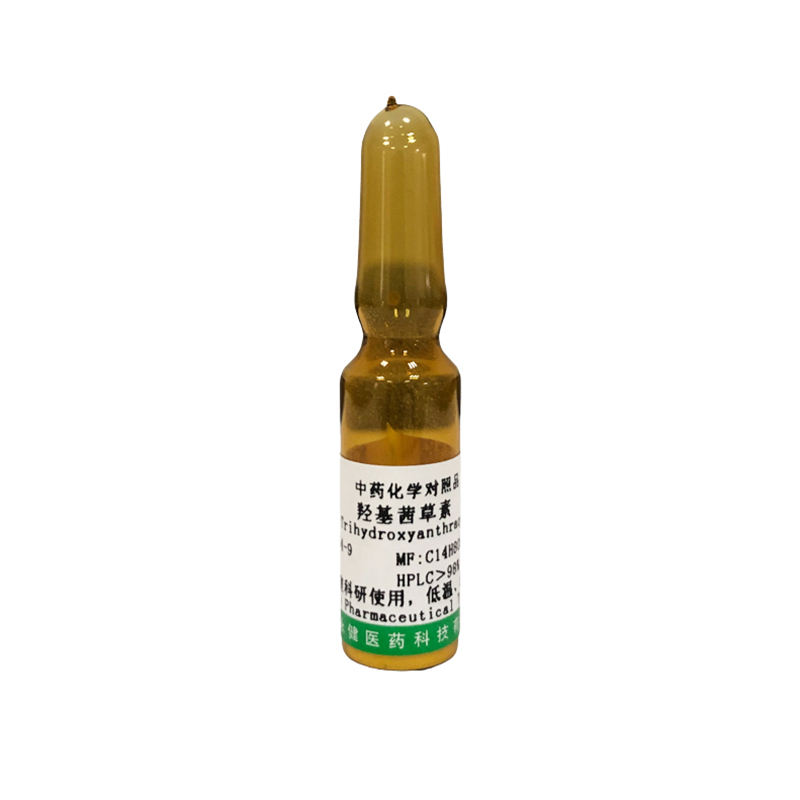Danshensu
Product Specification
Common name: Danshensu
CAS No.: 76822-21-4
Density: 1.5 ± 0.1 g / cm3
Molecular Formula: C9H10O5
MSDS: n / a flash point: 259.1 ± 23.8 ° C
English Name: Danshensu
Molecular Weight: 198.17
Boiling Point: 198.17
Melting Point: N/ A
Name of Danshensu
Chinese Name: Danshensu
English Name: (2R) - 3 - (3,4-dihydroxyphenyl) - 2-hydroxypropanoic acid
Chinese Alias: B - (3,4-dihydroxyphenyl) lactic acid | cryptotanshinone | B - (3.4-dihydroxyphenyl) lactic acid
Danshensu bioactivity
Description: Danshensu is an effective component of Salvia miltiorrhiza, which can activate Nrf2 signaling pathway and protect cardiovascular system.
Related Categories: signaling pathway > > autophagy > > autophagy
Signal pathway > > NF- κ B signal path > > keap1-nrf2
Research field > > cardiovascular disease
Natural Products > > benzoic acids
In Vitro Study: Danshensu (DSS) significantly reduced the levels of marker enzymes (creatine kinase and lactate dehydrogenase) of coronary outflow and myocardial infarction size. This may significantly promote the recovery of cardiac function after I / R injury. DSS also has ROS scavenging activity and promotes the activity of endogenous antioxidants such as SOD, cat, MDA, GSH-Px and HO-1 by activating the nuclear factor erythrocyte-2 related factor 2 (Nrf2) signaling pathway mediated by Akt and ERK1. 2 in Western blot analysis [2].
In Vivo Study: acute treatment with a single dose of Danshensu did not change plasma tHcy in rats with normal tHcy. In contrast, Danshensu significantly reduced tHcy in rats with elevated tHcy. The relatively high levels of cysteine and glutathione after treatment with Danshensu indicate that its effect of reducing tHcy is through increasing the activity of trans vulcanization pathway [1].
Animal Experiments: all chemicals were dissolved in saline except tolcapone dissolved in saline containing 20% (V / V) peg 200. During the experiment, rats were fasted overnight and randomly assigned to different groups. After ether anesthesia, about 200 were removed from the orbital sinus μ L blood, then quickly disinfect with alcohol and press with cotton. Blood samples were immediately collected into polypropylene tubes containing heparin sodium and centrifuged at 5000 g at 5 ° C for 3 minutes. The prepared plasma samples were kept at - 20 ℃ and analyzed within 48 hours.
References: [1] YG Cao, et al. Beneficial effects of danshensu, an active component of Salvia miltiorrhiza, on homocysteine metabolism via the trans-sulphuration pathway in rats. Br J Pharmacol. 2009 Jun; 157(3): 482–490.
[2]. Yu J, et al. Danshensu protects isolated heart against ischemia reperfusion injury through activation of Akt/ERK1/2/Nrf2 signaling. Int J Clin Exp Med. 2015 Sep 15; 8(9):14793-804.
Physicochemical properties of Danshensu
Density: 1.5 ± 0.1 g / cm3
Molecular Formula: C9H10O5
Flash Point: 259.1 ± 23.8 ° C
LogP: - 0.29
Refractive Index: 1.659
Boiling Point: 481.5 ± 40.0 ° C at 760 mmHg
Molecular Weight: 198.17
PSA: 97.99000
Steam Pressure: 0.0 ± 1.3 mmHg at 25 ° C
Danshensu Safety Information
Customs Code: 2942000000
English alias of Danshensu
Danshensu
Sodium (2R)-3-(3,4-dihydroxyphenyl)-2-hydroxypropanoate
(2R)-3-(3,4-Dihydroxyphenyl)-2-hydroxypropanoic acid
Benzenepropanoic acid, α,3,4-trihydroxy-, (αR)-
Benzenepropanoic acid, α,3,4-trihydroxy-, sodium salt, (αR)- (1:1)
Salvianic





![2-[(4-hydroxyphenyl)methyl]propanedioic acid](http://cdn.globalso.com/yj-plantextract/2-4-hydroxyphenylmethylpropanedioic-acid.jpg)


